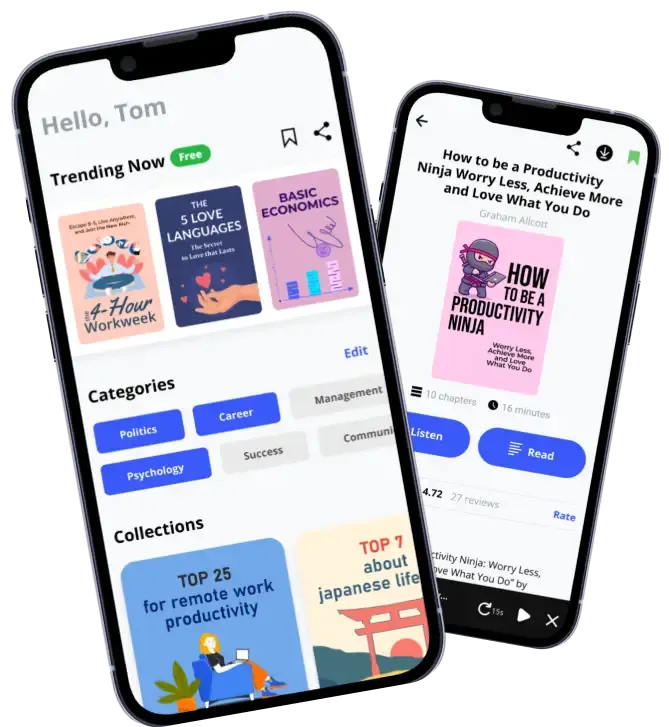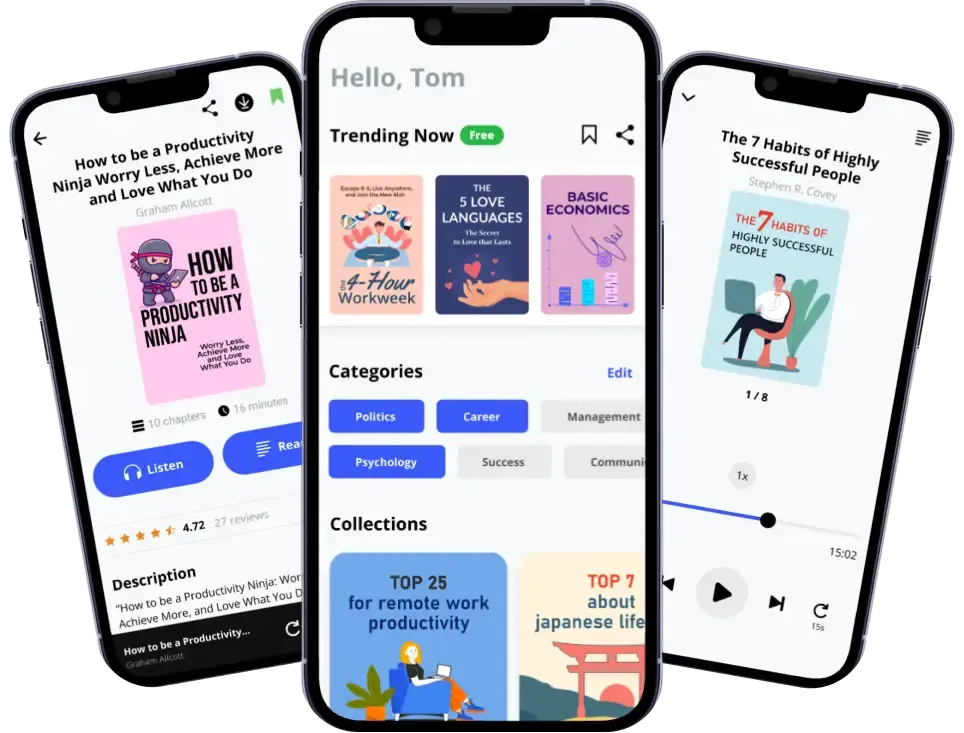Often, people who have experienced breakups and unpleasant endings to relationships anticipate the worst, not allowing for any other outcome. However, to build healthy and happy relationships, it's essential to genuinely feel emotions for the person and engage in honest dialogue. Some may not understand how this helps, but read on, and you'll find more detailed answers on how to build a healthy relationship.
Approach and show gratitude to your partner positively
For marriages or relationships to thrive, you must have a positive attitude toward your partner. By showing gratitude to your partner, you can significantly improve your relationship. Focus on what you love about your husband, wife, girlfriend, or boyfriend. The longer you are with someone, the easier it becomes to overlook the good things.
To assess your progress in this area, you should analyze the "Love and Respect Survey." It includes statements with "True" or "False" answer options, such as "I feel loved and cared for in these relationships" or "My partner appreciates what I do in this marriage." If these statements resonate, then the flame of your connection is alive and strong!

Dedicate time to small pleasures
Small moments of interest and curiosity are fundamental. They build strong bonds. Grand anniversary parties or extravagant vacations don't define love. Often, it's the little things, like sharing a cup of tea or having a spontaneous dance in the kitchen.
By acknowledging daily moments of connection, you can avoid self-complacency. So, amidst the routine, find something extraordinary. It's important to value and understand these small gestures because it's in these moments that love thrives. Find more interesting information in The Seven Principles for Making Marriage Work summary.
Cultivate mutual respect
Knowing and appreciating your partner's positive qualities are essential to a good marriage. Another cornerstone of every thriving marriage is mutual respect, which defines the longevity of relationships. The most satisfying marriages for people are those of equal partnership. This means that power in relationships is shared.
In such relationships, there's no leader; you're both a team making decisions together. Of course, your views and actions may differ, and you may disagree or have opposite opinions. Learn to respect these differences and find compromises. When partners can influence each other and learn from each other, it promotes their personal growth.

Address solvable problems
In relationships, the presence of problems is not a red flag. What matters is how partners overcome these challenges. Solvable problems require understanding and adaptation. Perpetual problems demand patience, ongoing communication, and sometimes a little creativity.
Consider an example of a solvable problem: Lily and Oscar start their mornings differently. She prefers a breakfast of fruit smoothies and toast, while he longs for a traditional breakfast of toast and eggs. It may seem trivial, but their day starts on a sour note. In this scenario, a simple compromise can solve such a minor issue.
Identify the main of the 5 love languages
Through the summary of The Five Love Languages, try to understand which of them suits your partner. If your partner’s love language is words, then use positive and encouraging words, compliments, and "words of affirmation." The second love language focuses on the person, as quality time spent together helps both partners feel mutual love and respect.
Present gifts to your partner if receiving gifts is their love language. When deciding what gifts to give your partner, it's important to take the time to consider their interests and hobbies. You can also express your love through small gestures, such as making breakfast in bed or bringing a cup of tea to your loved one while they work. If your partner's love language is physical touch, you can express your love through hugs, holding hands, kisses, and sexual intimacy.
Listen to understand
Listen to your partner to understand what your partner needs and wants from you. It's crucial to create a safe and non-judgmental space for open communication. This environment should be free from accusations, criticism, and defense mechanisms. Let's consider three simple steps that can help improve your relationships.
The first step is reflection. Don't apologize or justify yourself; instead, paraphrase your partner's words to show that you've listened carefully. The second step is validation; you need to demonstrate to your partner that you understand the rationale behind their words. Empathy is the final step, so instead of ignoring your partner's anger during an argument, try to acknowledge it.

Express anger and rage through therapy
You can express anger in a healthy way using container transactions. Container transactions allow your partner to express anger peacefully. For example, during an argument, empathize with your partner to help them perform a container transaction. This will help them control their anger and express a range of emotions.
Core-scene therapy is another way to manage anger. It involves taking a harmful argument and finding a way to rewrite it. This is extremely useful for couples who have been discussing the same topic for months. Moreover, such practices will help find the answer to how to build emotional intimacy.

Forgive yourself and others
Recall a moment when you were wrong and try to relive it. First, think about something minor, such as being too harsh with your partner. Acknowledge the facts of what happened and pay special attention to those that cause you the most discomfort. Then, admit what you did wrong.
Take a piece of paper and write down situations where you made mistakes, as well as factors for which you are not responsible. This often involves misinterpretation or overreaction by others to your words and actions. At the end of the exercise, reflect on what you did to atone for your guilt and how it contributed to your growth. Repeat it as often as possible, and you'll inevitably learn to forgive yourself as quickly as those around you.

Building healthy and strong relationships is a time-consuming task requiring much time and love. Through practicing the above therapies and exercises, you'll understand how to gain trust in a relationship and how marriage works overall. Always stay true to yourself and your partner and support each other in moments of sorrow and joy. Only together can you achieve the desired result. Finally, compare your progress with your past state and continue to strive for perfection.
Credentials:










